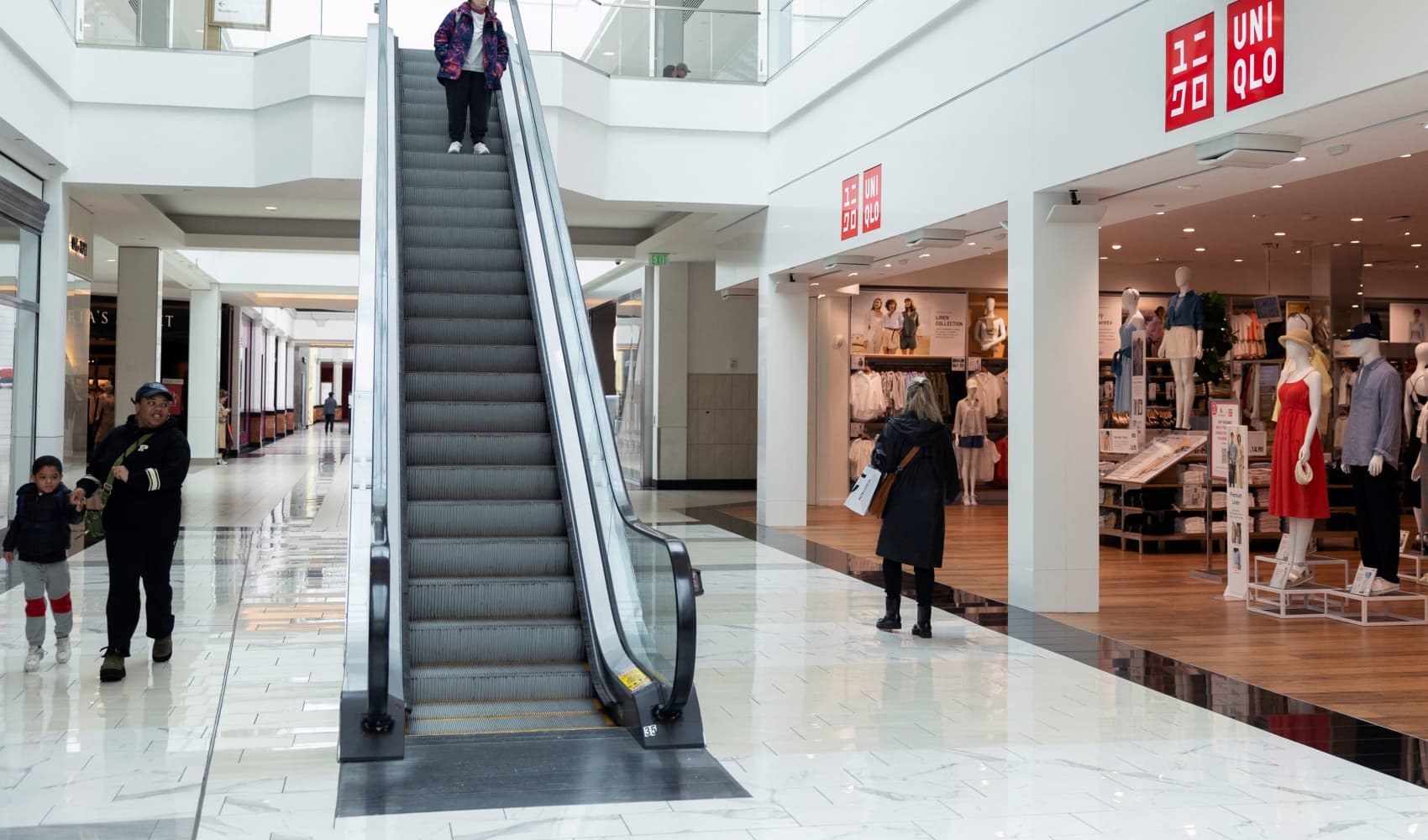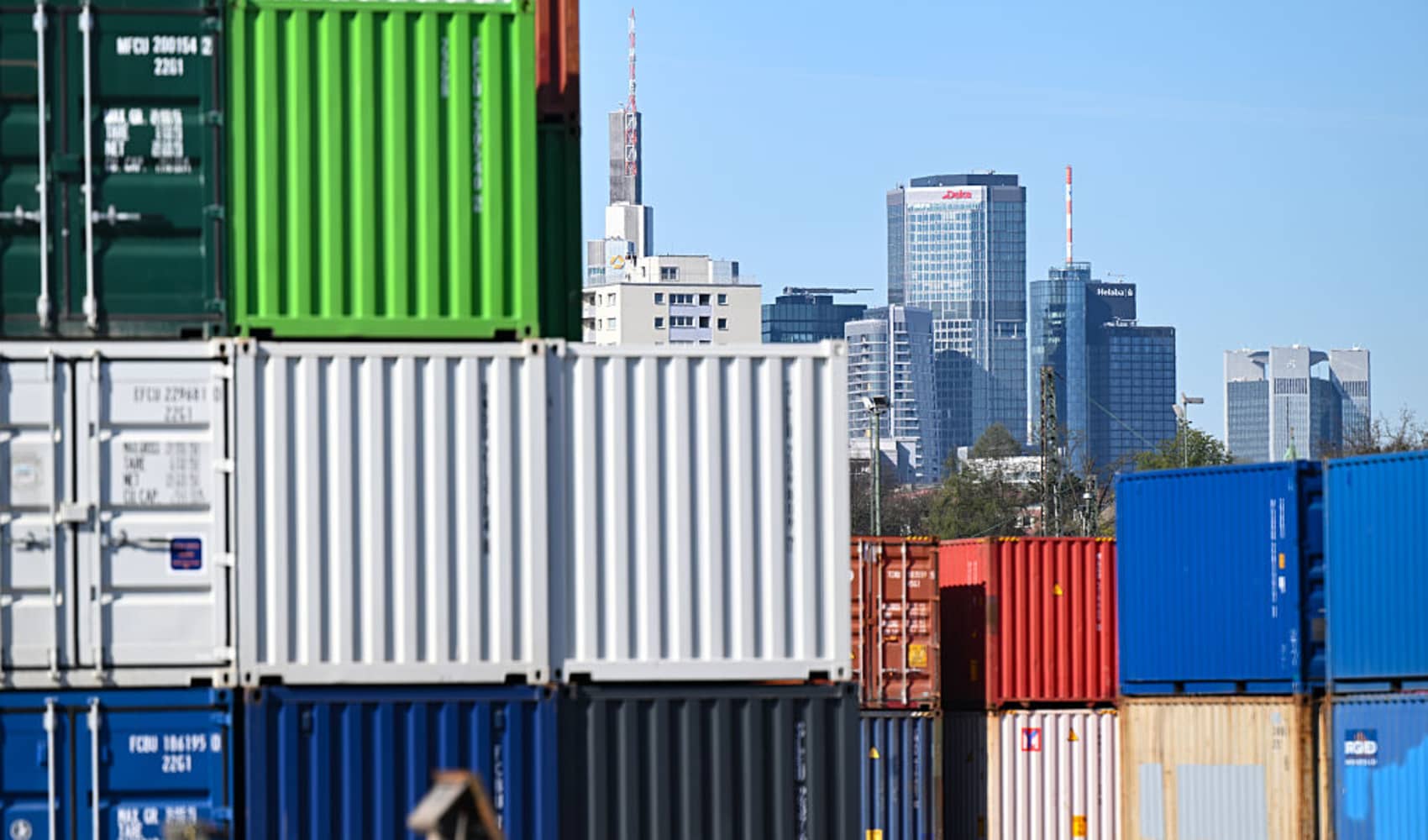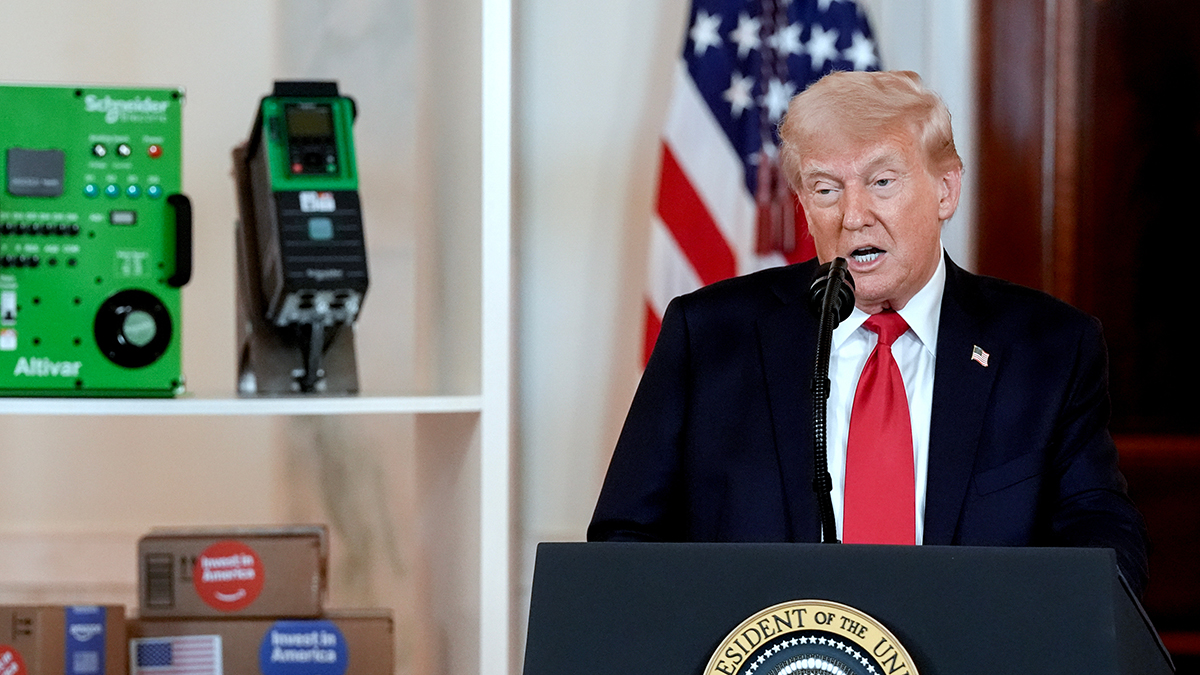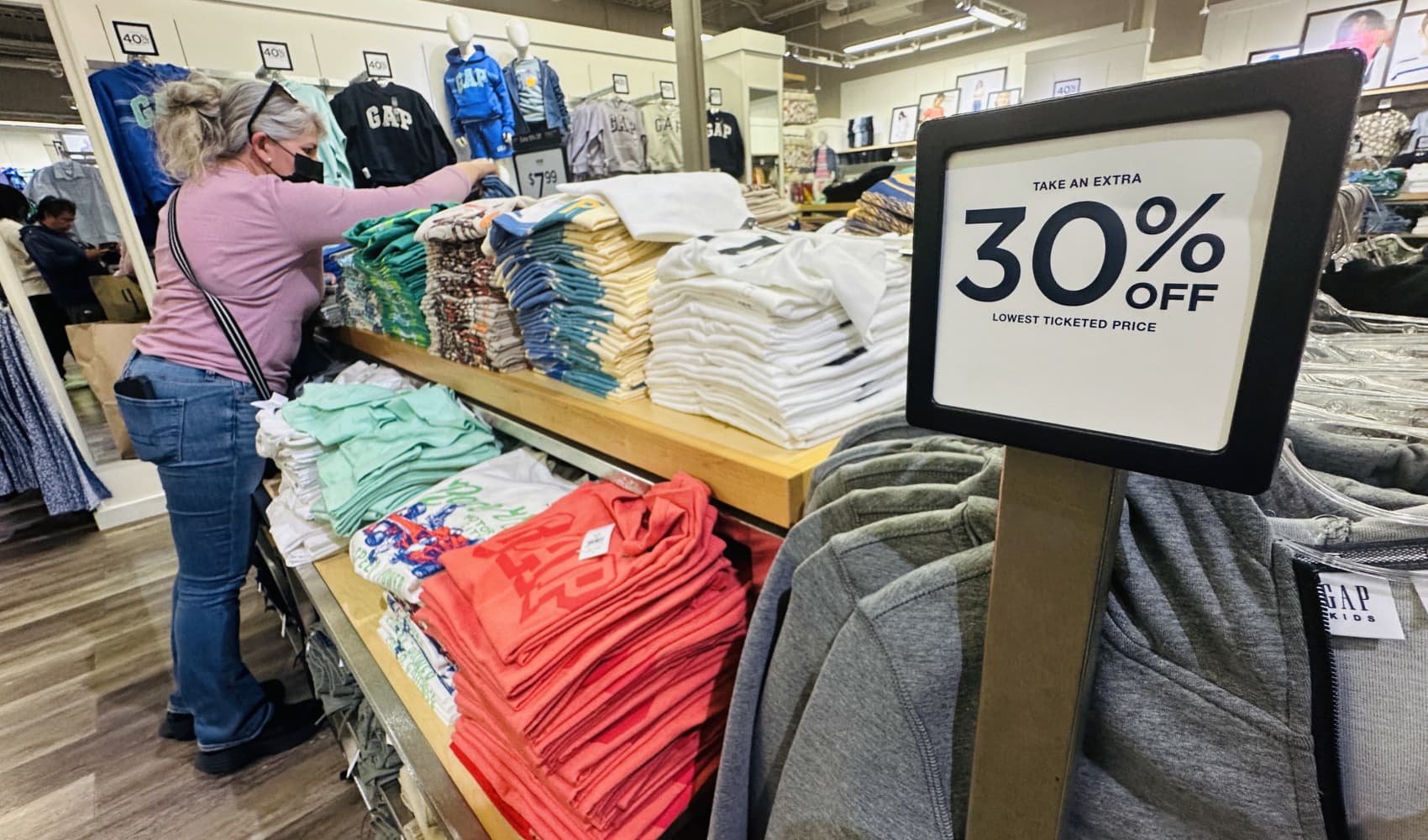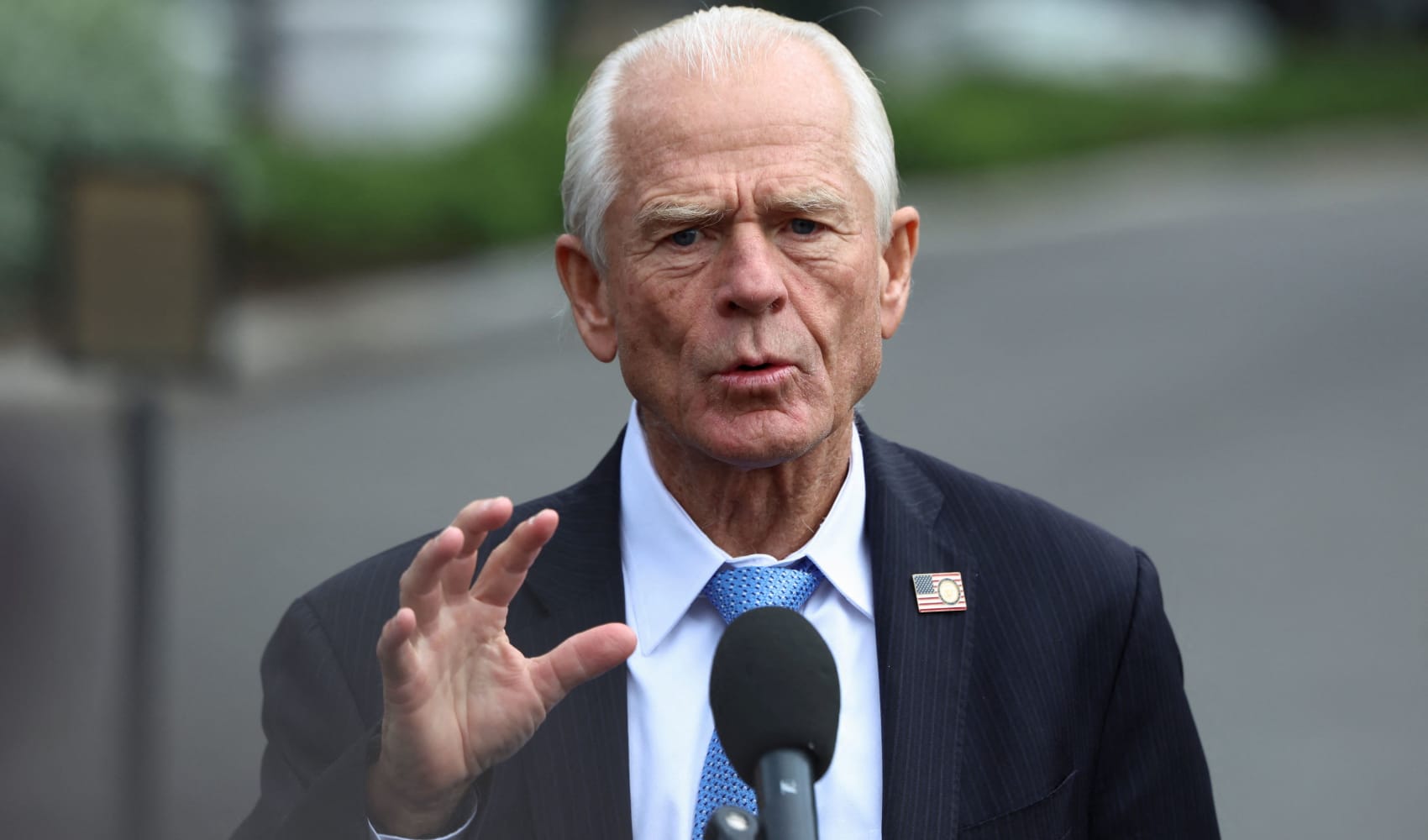Trump Tariffs Impacting Consumer Spending? Fintech Earnings Reveal All!
PayPal Kicks Off Fintech Earnings: Trump Tariffs Threaten Consumer Spending?
Introduction: Fintech on the Front Lines
Alright, buckle up, fintech enthusiasts! This week marks the start of earnings season for some of the biggest players in the financial technology space. And guess who's leading the charge? None other than PayPal. As PayPal kicks off fintech earnings this week, investors are anxious to hear about trends in consumer spending. But it's not all sunshine and rainbows; a dark cloud looms on the horizon: potential fallout from Trump's proposed tariffs. Will these tariffs cripple consumer spending and send shockwaves through the fintech world? Let's dive in and find out.
The Fintech Trio: PayPal, Block, and Affirm Under the Microscope
Following PayPal's earnings announcement on Tuesday, Block reports on Thursday, with Affirm scheduled to report results next Thursday. All eyes will be on these three giants as they reveal their performance and offer insights into the current economic climate. These companies, each with its unique focus and customer base, paint a comprehensive picture of the consumer spending landscape. If you want to know where the economy is heading, just listen to these companies. Their reports are like economic barometers, indicating whether we are headed for sunny skies or stormy weather.
Market Jitters: The Trump Tariff Effect
Markets broadly have been jittery to start the year due largely to concerns about President Donald Trump's sweeping tariffs and the prospect of higher import costs leading to rising unemployment and reduced consumer spending. It's like a game of economic chess, where every move has a consequence. Will the tariffs act as a catalyst for economic slowdown, or will consumers continue to spend despite the added costs?
The Consumer Connection: A Vital Link
PayPal, Block, and Affirm are all closely tied to the health of the consumer, which has investors on edge headed into their earnings reports. After all, consumer spending accounts for a significant portion of the US GDP. If consumers tighten their wallets, it can have a ripple effect across the entire economy.
De Minimis Dilemma: E-Commerce Under Pressure
What is the De Minimis Threshold?
Specific to e-commerce, there's the end of de minimis trade exemptions for Chinese imports, effective May 2. This means that low-value packages (generally those below $800) that previously entered the US duty-free will now be subject to tariffs. Imagine the price of your favorite cheap gadget going up. Do you still buy it?
Impact on Online Retailers
This change could significantly impact online retailers who rely on these low-cost imports. It's a double whammy: higher prices for consumers and potentially lower sales volumes for businesses.
The Ripple Effect on Fintech
As consumers adjust to these higher prices, will they cut back on spending? That's the million-dollar question. If so, fintech companies that facilitate these transactions, like PayPal, Block, and Affirm, could feel the pinch.
Decoding the Earnings Reports: What to Look For
Transaction Volume: The Pulse of Spending
Keep an eye on the transaction volume reported by these companies. A significant drop in transaction volume could signal a decline in consumer spending.
Average Transaction Size: Smaller Purchases, Bigger Concerns?
Pay attention to the average transaction size. Are consumers making smaller purchases? This could indicate a shift in spending habits as people become more price-conscious.
Active User Growth: Are New Customers Still Joining?
Check the number of active users on each platform. A slowdown in user growth could be a sign that the market is becoming saturated or that consumers are turning to alternative payment methods.
Guidance for the Future: Reading the Tea Leaves
Pay close attention to the guidance provided by each company for the upcoming quarters. Are they optimistic about the future, or are they bracing for headwinds? Their projections can offer valuable insights into the overall economic outlook.
Beyond Tariffs: Other Factors at Play
Inflation: Still a Force to Be Reckoned With
While tariffs are a major concern, inflation remains a persistent threat. Even if tariffs are avoided, rising prices could still dampen consumer enthusiasm.
Interest Rates: The Cost of Borrowing
Interest rates also play a role. Higher interest rates make it more expensive for consumers to borrow money, which could lead to reduced spending on big-ticket items.
The Labor Market: Job Security and Consumer Confidence
The health of the labor market is crucial. Job losses can erode consumer confidence and lead to a sharp decline in spending.
The Bull vs. Bear Debate: Where's the Market Headed?
The Optimistic Outlook: A Trade Deal to the Rescue
Some analysts believe that the US and China will eventually reach a trade agreement, mitigating the impact of the tariffs. If this happens, consumer spending could rebound, and fintech companies could see a resurgence in growth.
The Pessimistic Prediction: A Recession Looms
Others are more pessimistic, warning that the tariffs could trigger a recession. If this scenario unfolds, fintech companies could face a challenging period of declining revenue and profits.
Fintech Innovation: Navigating the Uncertainties
Despite the potential challenges, the fintech industry continues to innovate. Companies are developing new products and services that could help them weather the storm. They are also focused on expanding into new markets and diversifying their revenue streams.
The Long-Term View: Fintech's Enduring Potential
Regardless of the short-term economic outlook, the long-term prospects for the fintech industry remain bright. As technology continues to evolve and consumers become more comfortable with digital payment methods, fintech companies are poised for continued growth. The question is, how will they deal with the incoming challenges?
Conclusion: Staying Informed and Adapting to Change
As PayPal, Block, and Affirm release their earnings reports, investors will be closely watching for clues about the health of the consumer and the potential impact of Trump's tariffs. The stakes are high, and the future is uncertain. The key takeaways? The fintech sector is closely tied to consumer spending; Trump's tariffs pose a potential threat; and careful monitoring of earnings reports is crucial for understanding market trends. Adaptability will be critical to survival in this volatile environment. It's like navigating a ship through stormy waters; you need a steady hand and a clear sense of direction.
Frequently Asked Questions
- What is the de minimis threshold and why does it matter? The de minimis threshold is the value of goods that can be imported into a country duty-free. The elimination of this exemption for Chinese imports could increase costs for consumers and businesses.
- How can I stay informed about the impact of tariffs on consumer spending? Follow financial news outlets, monitor earnings reports from major retailers and fintech companies, and stay up-to-date on trade negotiations.
- What are some alternative investments that could perform well in a recession? Consider investing in defensive stocks (e.g., consumer staples, utilities), bonds, and gold.
- What are the long-term prospects for the fintech industry? Despite short-term challenges, the long-term outlook for fintech remains positive due to the increasing adoption of digital payment methods and ongoing innovation in the sector.
- How can small businesses prepare for potential economic slowdown? Develop a contingency plan, reduce unnecessary expenses, focus on customer retention, and explore alternative revenue streams.



